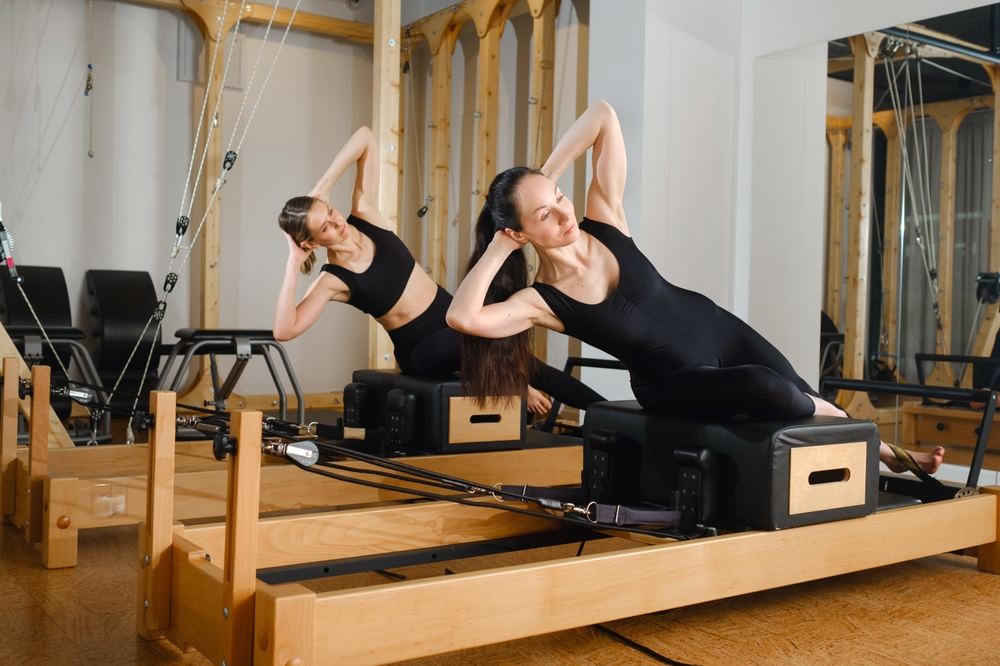The Resurgence of Classical Pilates: A Time-Tested Approach to Fitness and Wellness
Fitness and wellness trends come and go, but some methods stand the test of time. A perfect example of this is classical Pilates, a physical fitness system developed in the early 20th century by Joseph Pilates. Today, this method is experiencing a resurgence as people discover its unique blend of strength, flexibility, and mindful movement.

A Brief History of Classical Pilates
Born in Germany in 1883, Joseph Pilates was a frail child who suffered from asthma, rickets, and rheumatic fever. Determined to overcome his physical limitations, he studied a variety of exercise systems and developed his own method, which he called “Contrology”.
In the 1920s, Pilates immigrated to the United States and opened a studio in New York City. His method quickly became popular among dancers and performers for its focus on core strength, flexibility, balance, and mind-body connection. After Pilates’ death in 1967, his method – now known as classical Pilates – continued to gain followers and evolve.
The Current Landscape of Classical Pilates
Fast forward to the present, and classical Pilates is experiencing a resurgence. More and more fitness enthusiasts and wellness seekers are embracing it for its effectiveness and holistic approach.
Experts attribute this renewed interest to several factors. Firstly, people are increasingly seeking fitness methods that promote not just physical strength but also mental well-being. Secondly, the pandemic has accelerated the shift towards low-impact, at-home workouts, which Pilates lends itself perfectly to.
The Benefits of Classical Pilates
The beauty of classical Pilates lies in its holistic approach to fitness. It’s not just about building strength or improving flexibility – it’s about developing a deep, intrinsic understanding of your body and how it moves.
One of the primary benefits of Pilates is improved core strength. The core is the powerhouse of the body, and a strong core can improve overall fitness, reduce back pain, and enhance posture. Additionally, Pilates promotes flexibility, joint health, and body awareness, which can help prevent injuries.
From a wellness perspective, Pilates is also a mindful practice that encourages focus, concentration, and breath control. These elements can help reduce stress, improve mental clarity, and enhance overall well-being.
The Market Impact and Relevance of Classical Pilates
The resurgence of classical Pilates is not just a boon for practitioners – it’s also having a significant impact on the fitness and wellness industry. Pilates studios are thriving, and there’s a growing demand for qualified Pilates instructors. Additionally, the market for Pilates equipment and accessories, such as reformers, mats, and magic circles, is also booming.
Moreover, the rise of digital fitness has made Pilates more accessible than ever. Many studios now offer online classes, and there are numerous apps and platforms dedicated to Pilates instruction.
Evidence-Based Recommendations
Several studies support the benefits of Pilates. For example, a 2017 study published in the Journal of Physical Therapy Science found that Pilates significantly improved balance and flexibility in elderly participants. Another study from 2018 published in the journal Complementary Therapies in Medicine found that Pilates helped reduce stress and improved mental health in adults.
For those interested in trying classical Pilates, experts recommend starting with a beginner’s class or private session. It’s important to learn the foundational movements and principles under the guidance of a certified instructor. As with any fitness regimen, consistency is key – aim for at least two to three sessions per week for the best results.
Classical Pilates is a time-tested method that offers numerous benefits for both fitness and wellness. As it continues to surge in popularity, it’s clear that this holistic approach to movement is more than just a passing trend – it’s a lifestyle.




